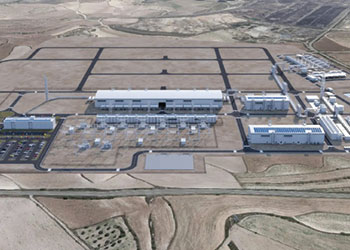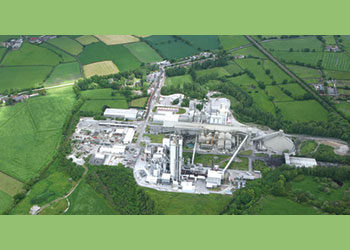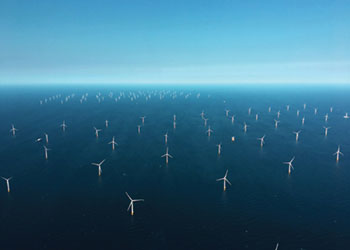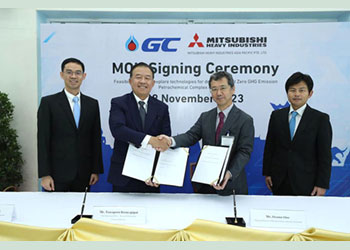

According to the latest US Energy Information Administration (EIA) Preliminary Monthly Electric Generator Inventory, developers and power plant owners are planning to add 62.8 gigawatts (GW) of new utility-scale electric-generating capacity in 2024.
This represents a 55 per cent increase compared to the previous year and indicates a continued surge in industry activity.
Notably, solar energy is expected to account for the largest share of new capacity, at 58 per cent, followed by battery storage at 23 per cent.
The projection for utility-scale solar installations in 2024 stands at a record-breaking 36.4 GW, nearly twice the increase seen in 2023.
This growth demonstrates solar's ability to outpace other generating resources, even in the face of supply chain challenges and trade restrictions.
The majority of the new solar capacity is planned for Texas (35 per cent), California (10 per cent), and Florida (6 per cent), with the Gemini solar facility in Nevada set to become the largest solar project in the US upon its completion.
Battery storage is also expected to achieve a record-breaking year in 2024, with plans to add 14.3 GW of capacity, nearly doubling the existing 15.5 GW.
In 2023, the US witnessed a 70 per cent annual increase in battery storage capacity, with 6.4 GW added to the grid.
Texas and California will contribute significantly to this growth, accounting for 82 per cent of the new battery storage capacity.
The Menifee Power Bank in California, with a capacity of 460.0 MW, is scheduled to begin operations in 2024.
Wind energy will see an addition of 8.2 GW of capacity in 2024, following record-breaking additions in 2020 and 2021.
Notable offshore wind projects include the Vineyard Wind 1 (800 MW) off the coast of Massachusetts and the South Fork Wind (130 MW) off the coast of New York.
In contrast, planned natural gas capacity additions for 2024 are at their lowest in 25 years, with 2.5 GW reported.
Simple-cycle, natural gas turbine (SCGT) plants will contribute 79 per cent of the new natural gas capacity, signaling a shift away from combined-cycle capacity as the predominant technology.
Furthermore, the start-up of the fourth reactor (1.1 GW) at Georgia's Vogtle nuclear power plant has been rescheduled for March 2024, after the successful commercial operation of Vogtle Unit 3 in July of the previous year.
Overall, the growth of solar and battery storage is expected to drive the majority of new electric capacity in the US in 2024, showcasing the ongoing shift towards renewable energy sources and energy storage technologies.







































































